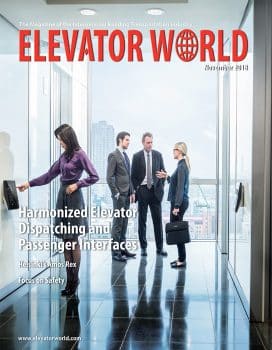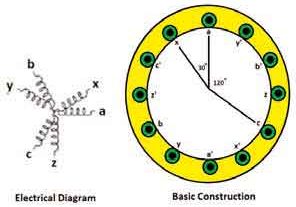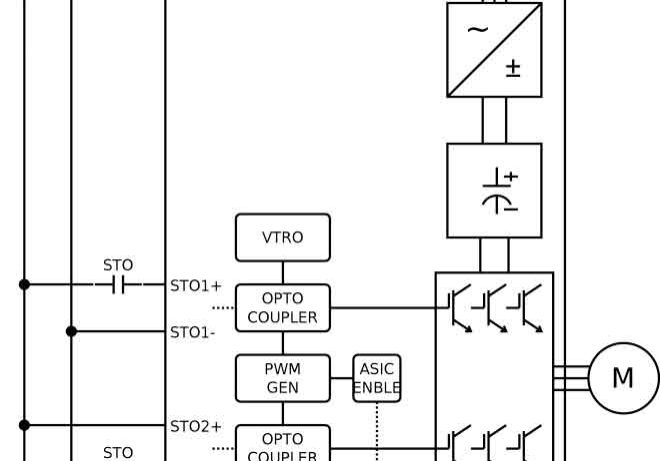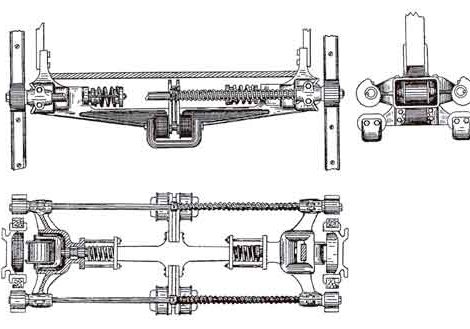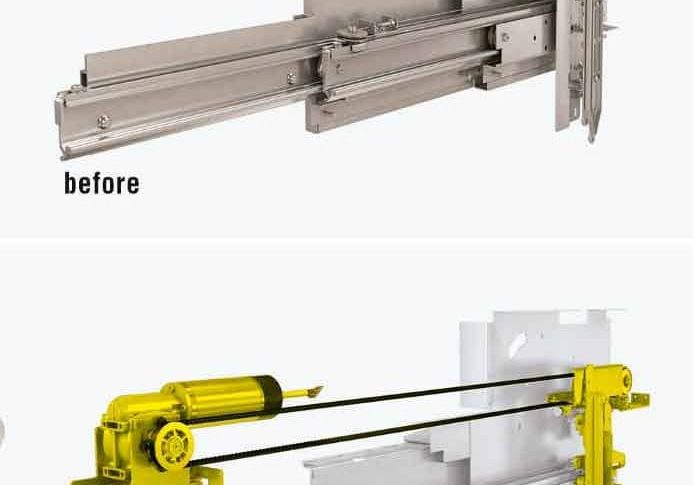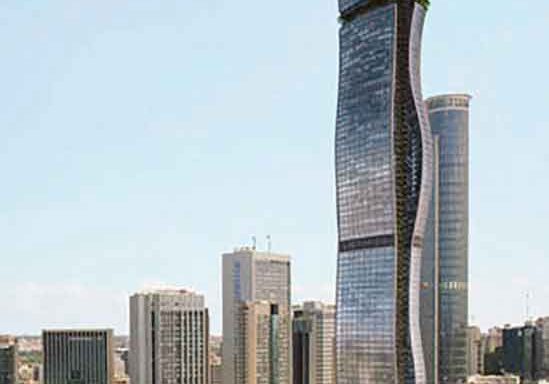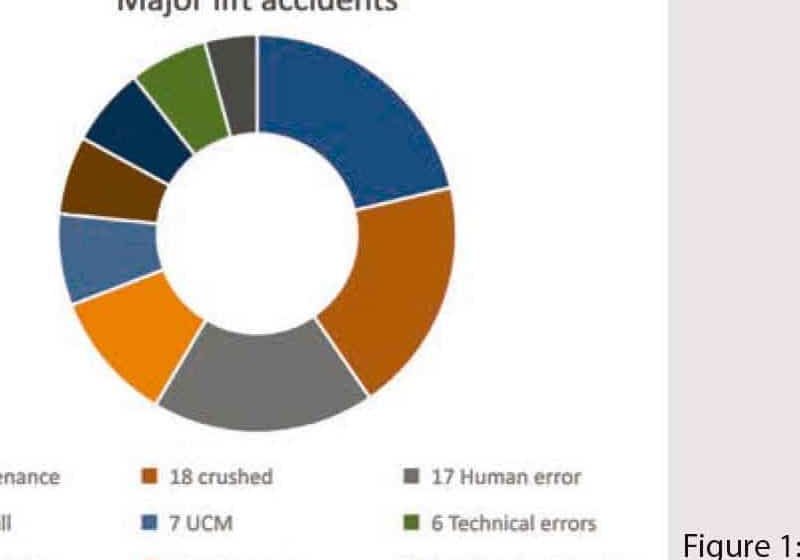In this Industry Dialogue, ATIS Field Operations Director Charlie Slater discusses the state of the elevator-inspection industry.
Growing up in Tampa, Charlie Slater envisioned himself becoming an astrophysicist. The son of an elevator-industry man who ran installation, service, panel-shop and, finally, inspection company A-1, Slater came into the business at a very young age, working in the panel shop at night and during days off wiring control boards and eventually learning programming. While in college, he became an elevator mechanic, then later an inspector for A-1 in 2007. A-1 was acquired by ATIS Elevator Inspections, a subsidiary of American Testing & Inspections Services in St. Louis, in spring 2014 (ELEVATOR WORLD, July 2014). Slater, who was president at A-1, joined ATIS as Director of Operations. Slater states:
“I never really thought I would make a career out of the family business, but my father always maintained that this industry was the better option for making decent money. Once I was on the inspection side, things really clicked, and I found a place for myself to continually learn and get really involved.”
Slater currently serves on the Board of NAESA International, works as an instructor for NAESA International, serves on multiple ASME A17 code committees, has served on the board of the Elevator Association of Florida and helped found the Florida Elevator Inspectors Association. He is a frequent speaker at industry events, where he shares his inspection knowledge and expertise with colleagues. He travels often for his job, sometimes visiting three states or cities in a single week. “We’re a company that’s growing by leaps and bounds, and it’s exciting to be a part of that,” Slater says. He took the time to speak with EW about the state of the inspections industry today.
EW: How big is ATIS’ reach?
CS: We have a large national footprint. We are involved with any state that accepts third-party elevator inspections. We even get into states that don’t allow (third-party inspections) through work we perform for military bases, federal facilities and federal office buildings, as well as privately owned and managed properties, for their own safety and risk-management purposes. We’re in 40 states. We have nearly 75,000 unique devices that we inspect on an annual basis and serve over 20,000 customers. We have 110 inspectors (as of September) and are making new hires every week.
EW: A common refrain in this industry is that finding skilled and motivated labor is one of the biggest challenges. Is that true for ATIS?
CS: It is, to a certain extent. The elevator industry, as a whole, is very well-developed, but the part we deal with — the inspection side — is a bit underdeveloped and under organized. There are challenges to finding turnkey labor. We often have to bring people in and bring them up to speed. It is difficult to find people who can qualify as QEIs. Typically, inspectors are retired elevator mechanics. We don’t have trouble finding inspectors in southern locations like Central Florida, but in northern states that tend to have rough winters, it can be a problem. When people retire, they generally want to move to warmer climates.
EW: What are the biggest roadblocks in the elevator- inspection industry?
CS: From the equipment owner/operator side, it’s been very difficult for elevator maintenance companies to keep up with preventive maintenance, primarily because of time and cost. Maintenance isn’t performed as frequently as it used to be, but, then again, newer equipment doesn’t require as much in-person attention. As time goes by with a lack of maintenance, problems tend to develop. Frequent issues we see involve emergency lights and alarms that don’t operate properly, phones that don’t work and dirty hoistways.
The other issue, and it’s a big one, deals with the testing of equipment: Several jurisdictions don’t require an elevator inspector to witness testing. When that happens, it’s left up to the mechanic to figure out if he or she is doing the appropriate tests and if the test results meet code. Mechanics don’t always have the correct information to determine, for example, whether the safety shoes and overspeed governors are operating properly. Testing is a critical part of the process. Lack of maintenance and lack of testing oversight leads to a number of elevator issues, some that can, unfortunately, lead to litigation or even be deadly.
EW: How does the U.S. compare with other parts of the world in terms of VT safety awareness and emphasis on proper inspection?
CS: There are definitely areas where we excel. We have a very well-balanced, strong code compared to some of the European codes. This helps us have a better program in general. I know there’s always a video of some sort coming out of the Asia market, but that market is unique, because it is so much larger than ours here in America that they are naturally going to have more incidents.
It all comes down to what building owners and managers are willing to do or pay for to ensure their equipment is maintained to code. Here in the U.S., there are a lot of very intelligent and capable elevator inspectors operating in small, regionally focused inspection firms. But, having many small inspection firms leads to inconsistency in code enforcement, and being regionally focused leads to following local trends, rather than adopted codes.
Inconsistencies cause building owners and elevator maintenance companies to lose faith in the worth of the inspection process and choose inspection firms based on price alone. I believe larger, multi-jurisdictional inspection firms, as they have in some European markets, have the ability to provide a more consistent and compliant code- enforcement offering across multiple markets.
If building owners were to view proper elevator inspections as a benefit that will result in getting better life out of their equipment and limiting liability, we would all be better off, because the building owners would begin consistently choosing their inspection firm based on the level of service provided and the knowledge of the firm’s inspectors.
EW: Describe the elevator-inspector profession in the U.S. today.
CS: There is one thing that is kind of different in terms of our industry versus the European market. In Europe, elevator inspection is more technically a profession, rather than a retirement position as it is here in the U.S.
I provide continuing QEI education from time to time in conjunction with NAESA International, and I know our instructor team is adamant about emphasizing to new inspectors coming up the need to put in that extra effort toward professional development. They need to dig into the code, dig into the new technology and help the industry. I would like to see more of that sort of professional emphasis in the industry, which could benefit the industry overall where we can leverage both the knowledge of the seasoned, retired elevator mechanic inspector and the knowledge of the cutting-edge engineer.
EW: Do you believe VT safety awareness/education in the U.S. is adequate and effective?
CS: It’s tough to educate more than 300 million people about the dangers and issues. It’s also difficult to vet industry personnel to make sure they follow proper safety procedures. I think we can do more and find ways to be more effective in educating the public.
The challenge is finding the right way to do that. NAESA has been particularly proactive in this regard with events such as its inaugural Safety Summit (EW, August 2017). I think more of those style of events and the information that comes out of them will help drive safety awareness among both the riding public and within the industry.
Get more of Elevator World. Sign up for our free e-newsletter.


